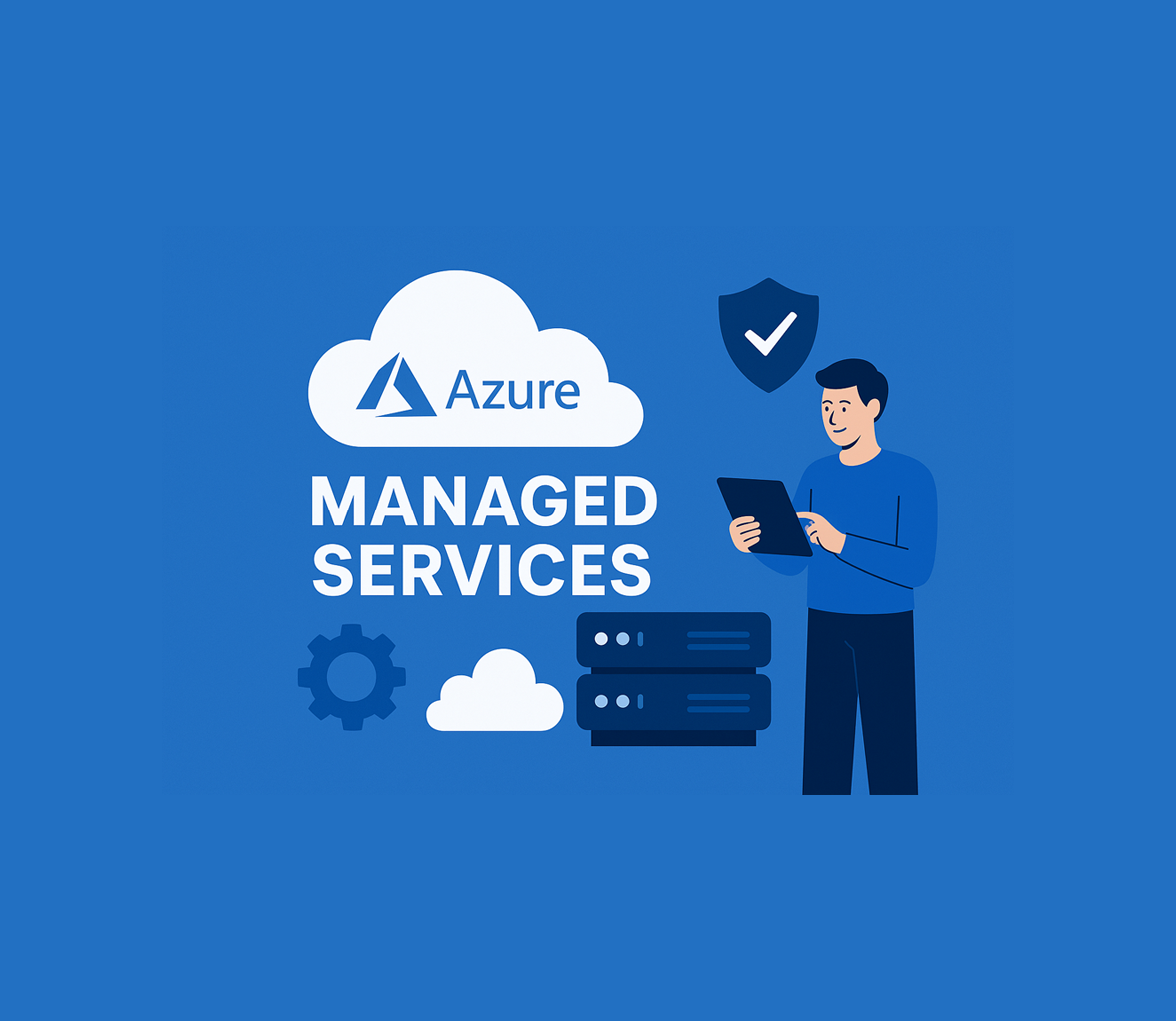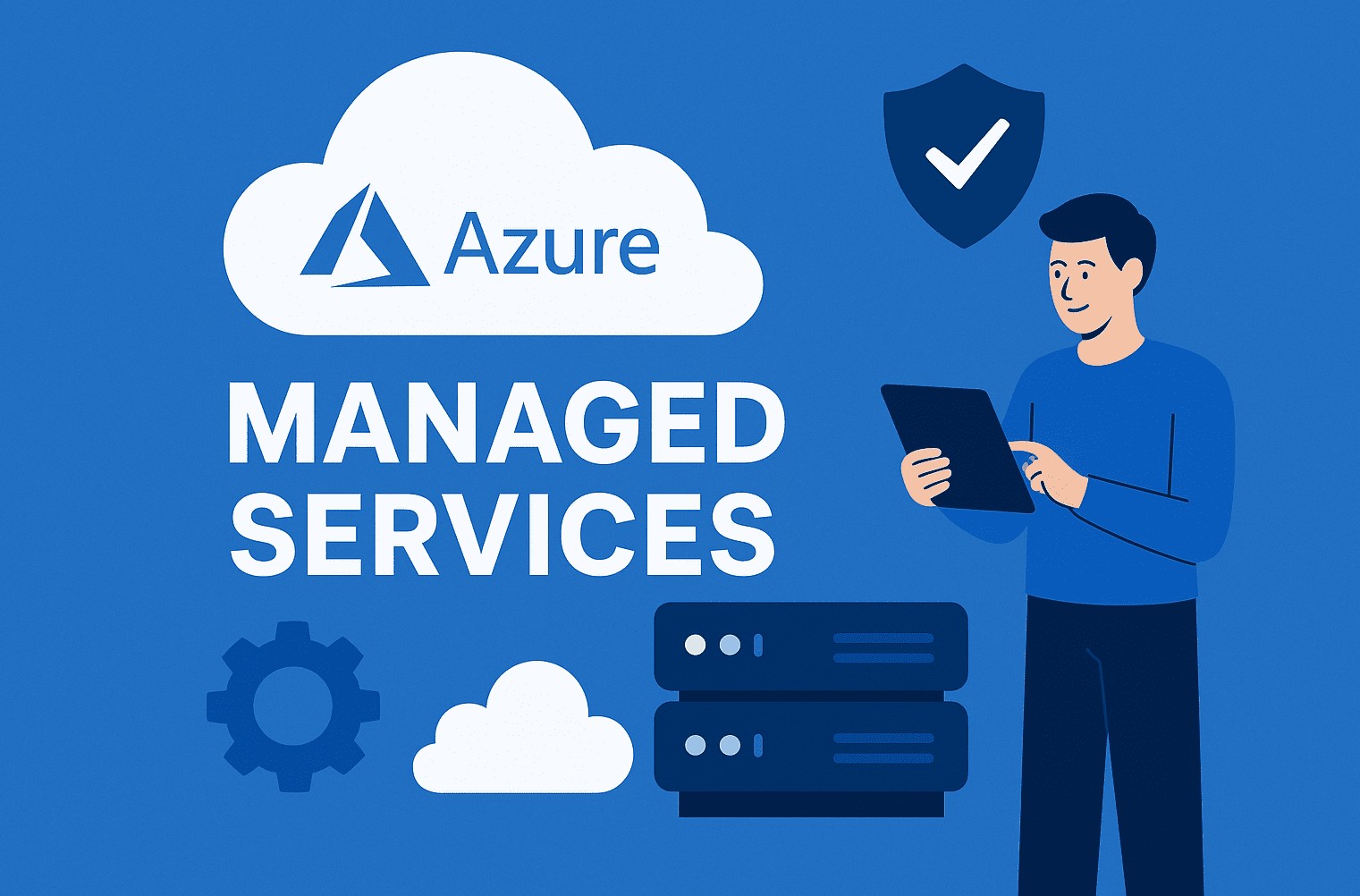Generative AI is no longer a futuristic concept—it’s becoming an everyday part of how modern businesses operate. From customer service automation to content creation, companies are finding practical ways to integrate AI into daily workflows. The impact isn’t always headline-making, but it’s real: faster processes, improved productivity, and reduced workloads.
AI is reshaping business operations, particularly in repetitive tasks like writing emails, analyzing data, handling common customer inquiries, and generating reports. However, many organizations make a costly mistake—they start by buying AI tools and then figure out the problems later. The smarter, more cost-effective approach is to start with your business goals first and then choose the AI tools that address them directly.
What AI Does Well—And Where It Falls Short

Strengths of AI:
- Automating content creation (emails, blogs, social posts)
- Analyzing patterns in large datasets
- Responding to routine customer queries
- Generating or optimizing code
Limitations of AI:
- Making complex strategic business decisions
- Handling sensitive or highly nuanced customer situations
- Understanding deep industry-specific contexts without extensive training
The companies seeing the biggest returns from Advanced Analytics and Generative AI Services focus on specific, high-value use cases rather than trying to apply AI everywhere at once.
Step 1: Identify Problems Worth Solving
Before investing in AI, pinpoint areas where automation can deliver a measurable impact. Look for:
- Tasks that consume hours but require minimal critical thinking
- Processes that need to operate 24/7
- Work that involves large-scale data processing
- Repetitive content creation
Examples:
- Customer service teams answering the same questions repeatedly
- Marketing teams struggling to produce enough content
- Analysts spending more time gathering data than interpreting it
Start small—choose one high-impact area, implement AI there, and expand once you see results.
Step 2: Get Your Data Ready
AI is only as good as the data you feed it. Messy, incomplete, or fragmented data leads to unreliable outcomes. This means:
- Knowing exactly where your data is stored
- Ensuring accuracy and consistency
- Setting access and security rules
- Defining what data AI tools can and cannot use
The principle is simple: Garbage In, Garbage Out (GIGO). Clean, structured data is the foundation for effective AI business transformation.
Step 3: Start Small, Learn Fast
The most successful AI adoption stories follow a pilot-first approach:
- Identify a well-defined problem
- Test AI with a small-scale project
- Measure results
- Expand based on proven success
At SNP Technologies Inc., we’ve guided numerous companies through this process. The pattern is consistent—those who start small and validate results before scaling achieve better long-term outcomes.
Choose the Right AI Tools
With hundreds of AI platforms available, tool selection should be problem-driven, not trend-driven. For example:
- AI chatbots for customer service
- Generative content tools for marketing
- Data analytics AI for business intelligence
Integration is critical—choose solutions that work seamlessly with your existing systems to maximize ROI.
Step 4: Help Your Team Adapt
AI changes how people work, and not everyone is comfortable with that. Some employees have concerns about how AI will affect their roles. Others prefer to understand how new tools work before using them. Both perspectives are reasonable.
The key is showing people how AI can handle the tedious stuff so they can focus on work that’s actually interesting. Most people are happy to let AI write first drafts of reports if it means they can spend more time on analysis and strategy.
Training matters too. People need to understand what AI can and can’t do, how to give it good instructions, and when to step in if something doesn’t look right.
Step 5: Continuously Optimize
AI is not a “set it and forget it” solution. You need to:
- Monitor performance metrics
- Address errors promptly
- Adjust workflows as AI capabilities evolve
Ongoing improvement ensures your Advanced Analytics and Generative AI Services continue delivering value as business needs change.
Making AI Work for Your Business
The organizations achieving the greatest AI success aren’t necessarily the ones with the biggest budgets—they’re the ones with a clear strategy. They:
- Identify real problems worth solving
- Build strong data foundations
- Implement AI incrementally based on results
At SNP Technologies Inc., our goal is simple—help businesses apply AI where it delivers measurable impact, without falling for hype or overcomplication.
Ready to explore how Generative AI can drive meaningful business transformation for your organization?
Let’s start the conversation today.





